PROTECT YOUR DNA WITH QUANTUM TECHNOLOGY
Orgo-Life the new way to the future Advertising by AdpathwayDIY fertilizers are homemade solutions or soil amendments that are supposed to supply nutrients when applied to your plants. In some cases, these are affordable, sustainable alternatives to costly commercial fertilizers. They’re touted as a good way to recycle kitchen waste and use organic materials. Some of these DIYs are valid options, but some are myths with little scientific backing.
Common DIY fertilizers involve compost, seaweed extract, coffee grounds, banana peels, eggshells, and fish emulsion. When properly prepared, most of these can help replenish soil nutrients and improve soil structure. However, some of the nutrients in certain materials don’t act as quickly as promised. The nutrients can take a long time to break down.
The effectiveness of DIY fertilizers depends on knowing what your soil truly needs, which requires a soil test. Overuse of effective methods can rival commercial products. They can cause root and foliage damage. Overusing these can do more harm than good.
While some of these DIY fertilizer myths are valid, useful ways to repurpose waste into fertilizer, some are simply ineffective. That is, in their basic form, they don’t perform as promised. By understanding their strengths as well as their limitations, we can determine which myths are valid.
We are here to dispel some common DIY fertilizer myths that you should rightfully be skeptical of.
Espoma Bio-tone Starter

Espoma Bio-tone Starter Plus Plant Food

Urban Worm Company Worm Castings
Vegetable Fertilizer

All-Purpose Vegetable Fertilizer

Coffee Grounds as a Standalone Fertilizer
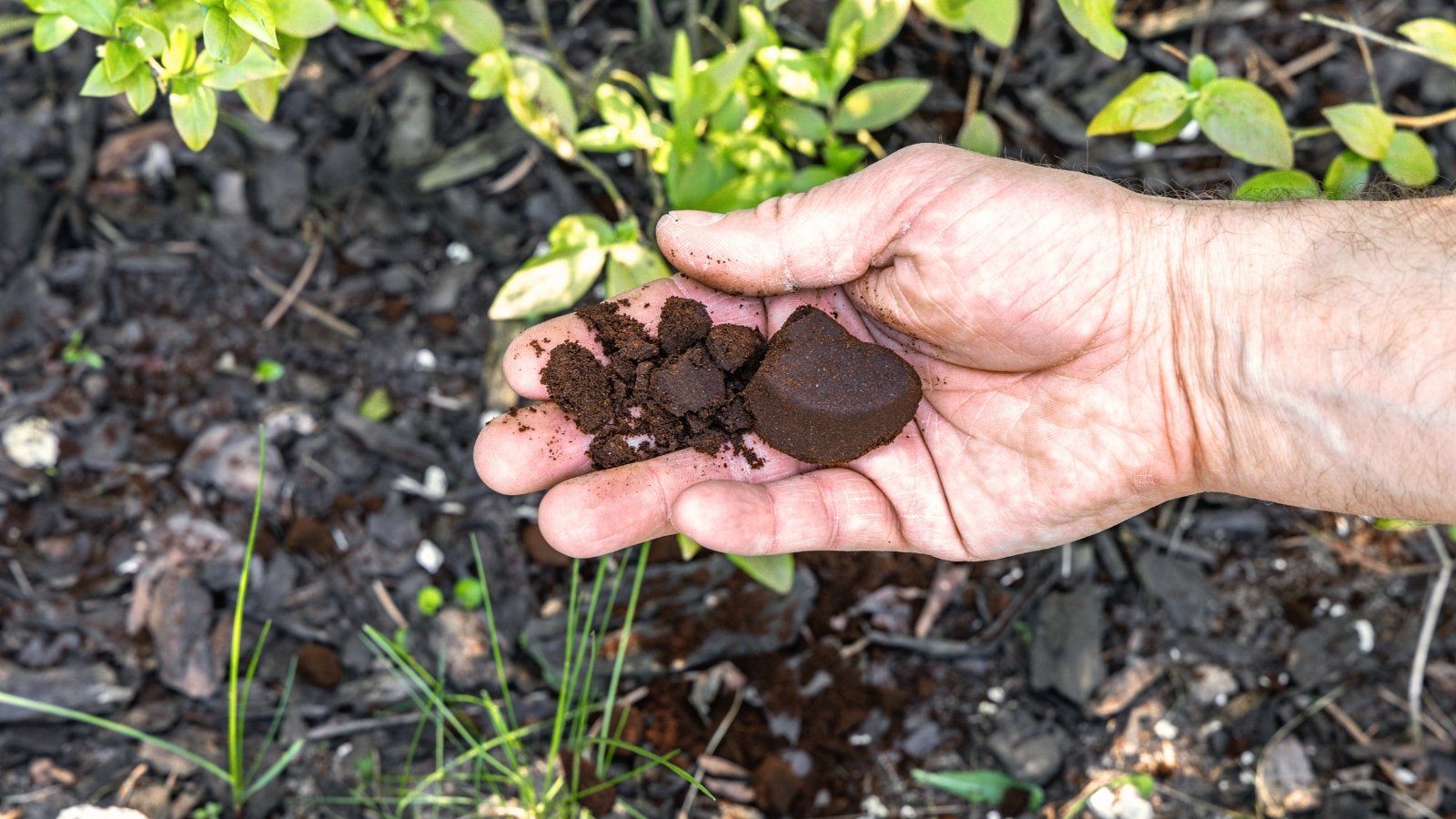 Grounds won’t boost growth immediately, but help gradually.
Grounds won’t boost growth immediately, but help gradually.Using coffee grounds as a fertilizer is a common DIY myth. While they do contain nutrients, most of the nitrogen, their primary nutrient, is in organic form. It’s not immediately available for plant uptake. Fresh grounds can also be acidic, which lowers the soil’s pH. This can be good for some plants, but not for all.
Adding used coffee grounds to your plants is unlikely to have much of an impact in the short term. However, they will break down over time and may prove to have some benefits. Relying on them as a standalone fertilizer will not meet the needs of most of your plants, especially heavy feeders.
Don’t throw out those grounds just yet, though. They do have their uses. The best way to utilize your used coffee grounds is by adding them to your compost. When added to a balanced compost pile along with browns, they break down nicely. They become a nutrient-rich humus that your plants can readily utilize.
You can also sprinkle them around the base of plants as a light mulch. While they won’t do a terrific job of acting as a fast fertilizer, they aren’t entirely useless. They can improve the soil texture and microbial activity; it just takes some time.
Epsom Salt for Plant Growth
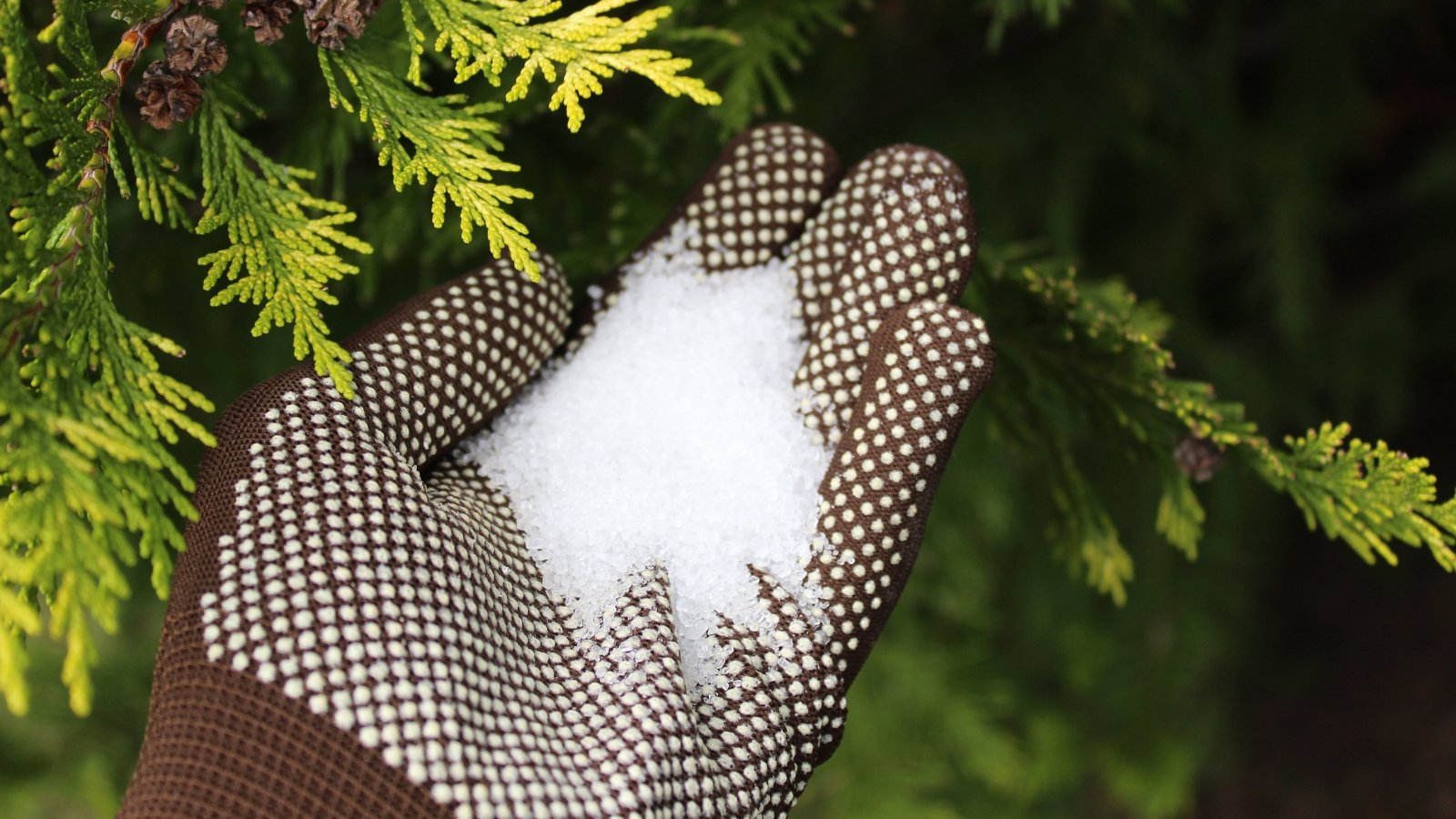 Overusing salts may interfere with calcium and potassium uptake.
Overusing salts may interfere with calcium and potassium uptake.Using Epsom salt for plant growth is a common DIY fertilizer myth, but it’s not especially helpful. The myth stems from the high concentration of magnesium and sulfur in Epsom salt. These two are secondary nutrients that many plants need, though not in large amounts.
Magnesium is necessary for chlorophyll production and photosynthesis. Sulfur helps with enzyme activity and protein formation. If your soil is not deficient in these nutrients, however, adding it won’t make any noticeable difference.
In some cases, it can even cause nutrient imbalances. It can interfere with the uptake of calcium and potassium. Overuse of Epsom salts can result in buildup and increased soil salinity. This stresses roots.
A soil test is required to determine whether your soil actually needs magnesium or sulfur. Some plants may exhibit chlorosis as a result of deficiency, but a soil test is the more surefire way to determine the cause. While in some cases, Epsom salt has its uses, for the most part, this DIY fertilizer myth is not one to trust in.
Banana Peels for an Instant Potassium Boost
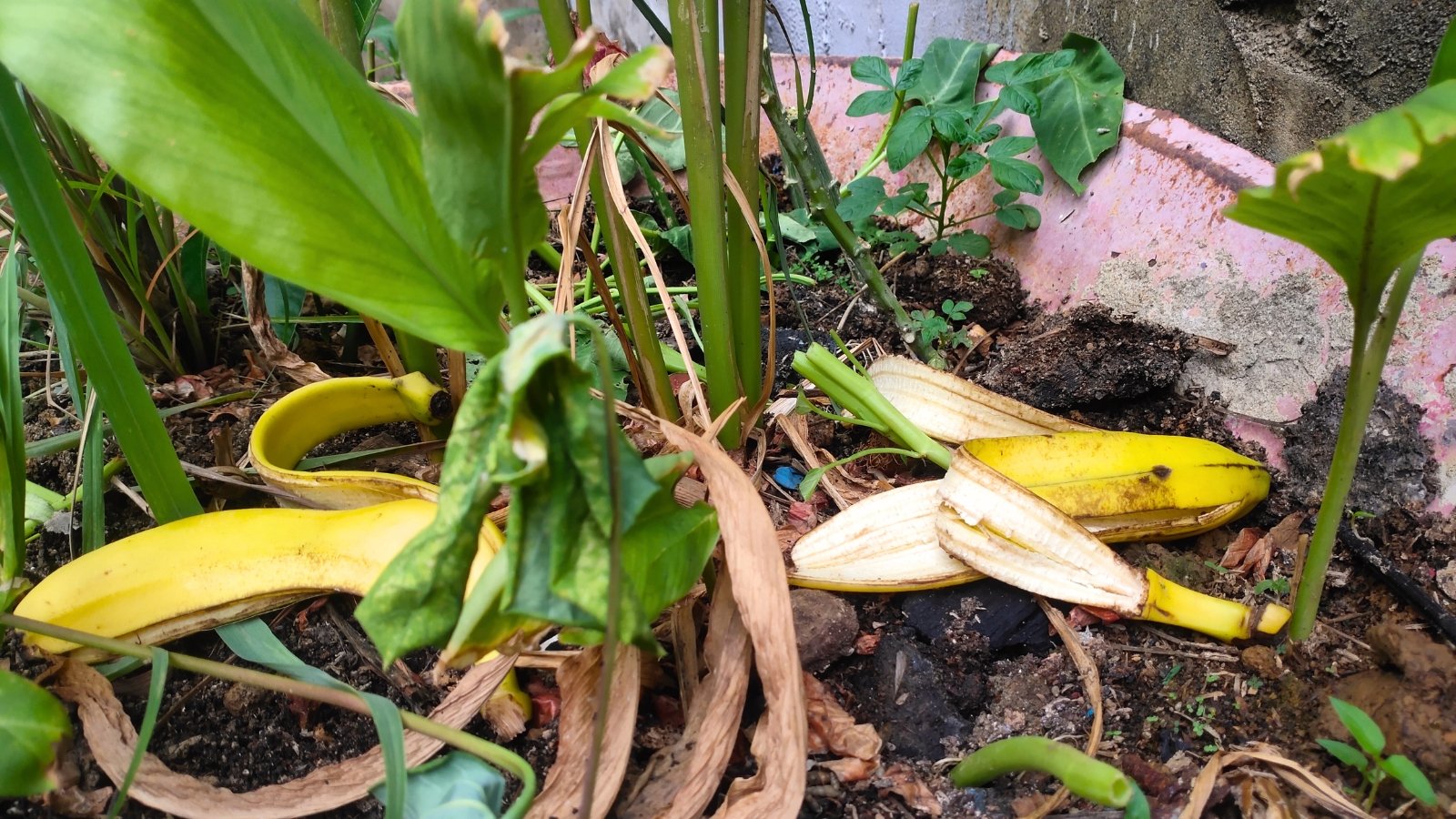 Nutrients in peels need time to release naturally.
Nutrients in peels need time to release naturally.Using banana peels to instantly boost potassium in soil is a popular DIY fertilizer myth. But does it work?
Bananas do contain plenty of nutrients. The most prevalent of these is potassium. They also contain small amounts of phosphorus and calcium, as well as some trace minerals. These nutrients are responsible for strong root growth, flowering, and fruit production in plants. The question is whether or not banana peels can provide the nutrients quickly, in a way that is beneficial to your plants.
The answer to this question is no. Banana peels cannot provide an instant potassium boost to your plants. The nutrients in fresh peels occur in organic form and must decompose before they are available to plant roots for absorption. This can take weeks or months to happen, depending on soil conditions.
There are ways to utilize banana peels as fertilizer. You can add them to your compost or dry them and grind them into powder, then add them to your soil. This breaks down the organic material and improves soil structure. Even soaking them in water to make a tea doesn’t make a big difference in the availability of the nutrients.
Consider banana peels to be a long-term soil conditioner, not a quick fix. You can add them to your soil and allow them to break down slowly. In this way, they will slowly contribute their nutrients to the soil, where plant roots can absorb and utilize them.

Eggshells to Boost Calcium Quickly
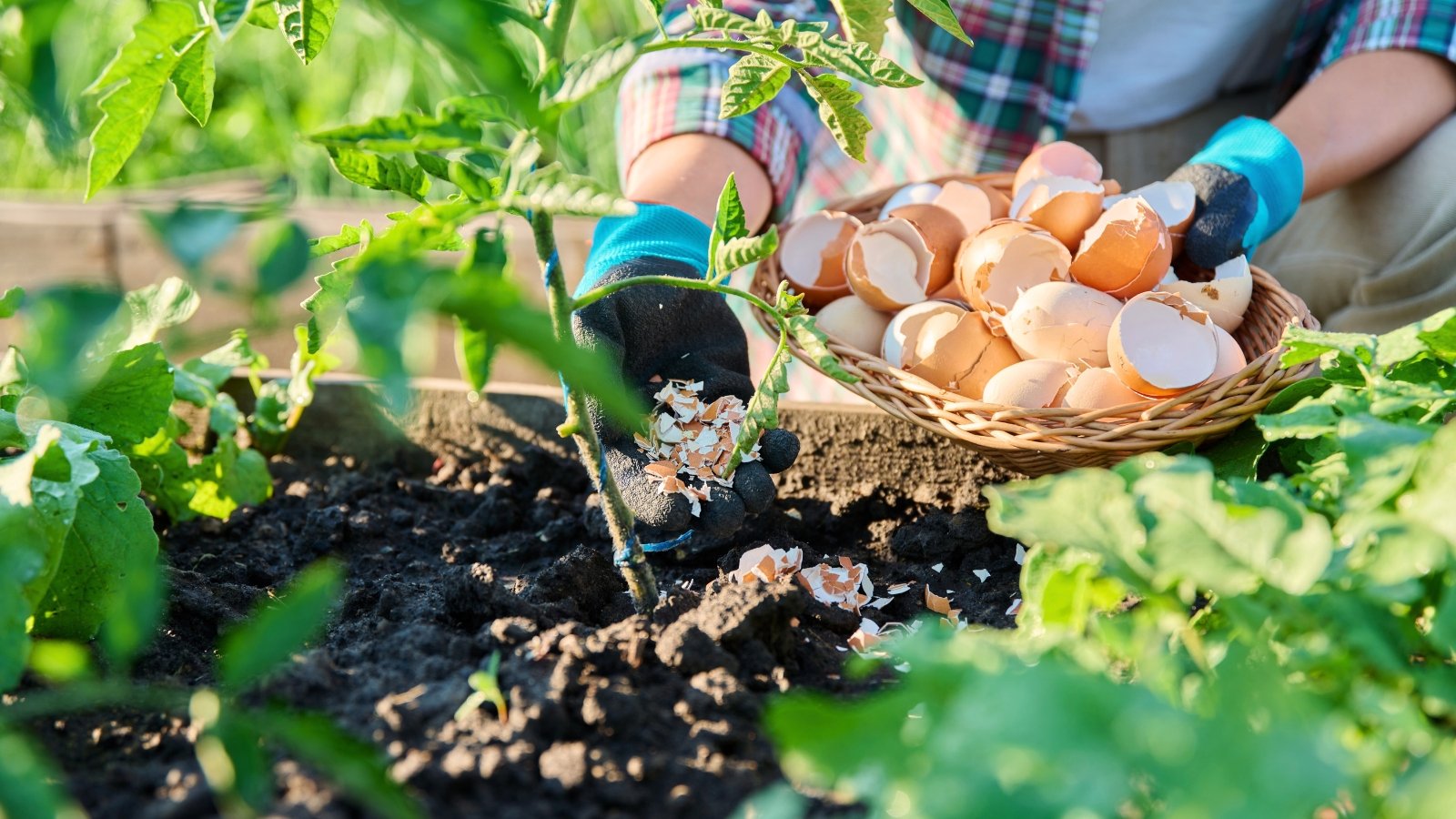 Finely ground shells help plants absorb calcium gradually.
Finely ground shells help plants absorb calcium gradually.Our next DIY fertilizer myth to address is one that (similar to the last) works, but only under specific circumstances. Using eggshells to boost calcium in plants is nothing new. But it’s important to know how it works, or it won’t make much of a difference.
The primary substance that makes up eggshells is calcium carbonate. Plants use this mineral for cell wall structure, as well as root development. It makes sense that eggshells, then, would be beneficial for plants. But there is a caveat. The calcium in eggshells is in a crystalline form. It breaks down slowly, so it’s not an instant fix for calcium deficiencies.
So, how long do eggshells take to break down to a form that is useful to plants? It can take months, sometimes even years, for this process to take place. Steeping them in water to make an eggshell tea is largely ineffective. There are ways to make them work, though.
To make the calcium in your eggshells available to plants, they need to break down. The smaller the particles, the faster this happens. If you want to use those eggshells to boost calcium in your soil, crush them first. Break them down into the smallest particles you can. Grind them into a fine powder if you can.
The finer you crush your eggshells, the faster they decompose. You can use these finely ground shells by adding them to compost or mixing them into soil where they release calcium over time.
Raw Manure is a Superior Fertilizer
 Fresh manure contains nutrients but also harmful microbes.
Fresh manure contains nutrients but also harmful microbes.The final DIY fertilizer myth I want to address is using raw manure as a fertilizer. It’s often touted as a superior product versus commercial fertilizers. But, is it really, or is this just a myth? The answer is a bit of both.
Raw manure contains a significant amount of organic matter and nutrients. Fresh manure contains nitrogen, phosphorus, potassium, and several micronutrients. This makes it a great soil amendment. Unfortunately, it also contains high levels of ammonia and soluble salts. These can burn your plant’s roots.
Raw manure can also contain harmful pathogens like E. coli, Listeria, and Salmonella. These can contaminate vegetables. Hot composting is the answer to the issue of applying raw manure to the garden.
Hot composting kills most harmful microbes and stabilizes the nutrients. The nutrients are then released more slowly and evenly. Once you compost it for three to six months, manure makes great fertilizer. It works as a slow-release, organic soil conditioner, rather than a fast-acting fertilizer.


 7 hours ago
3
7 hours ago
3

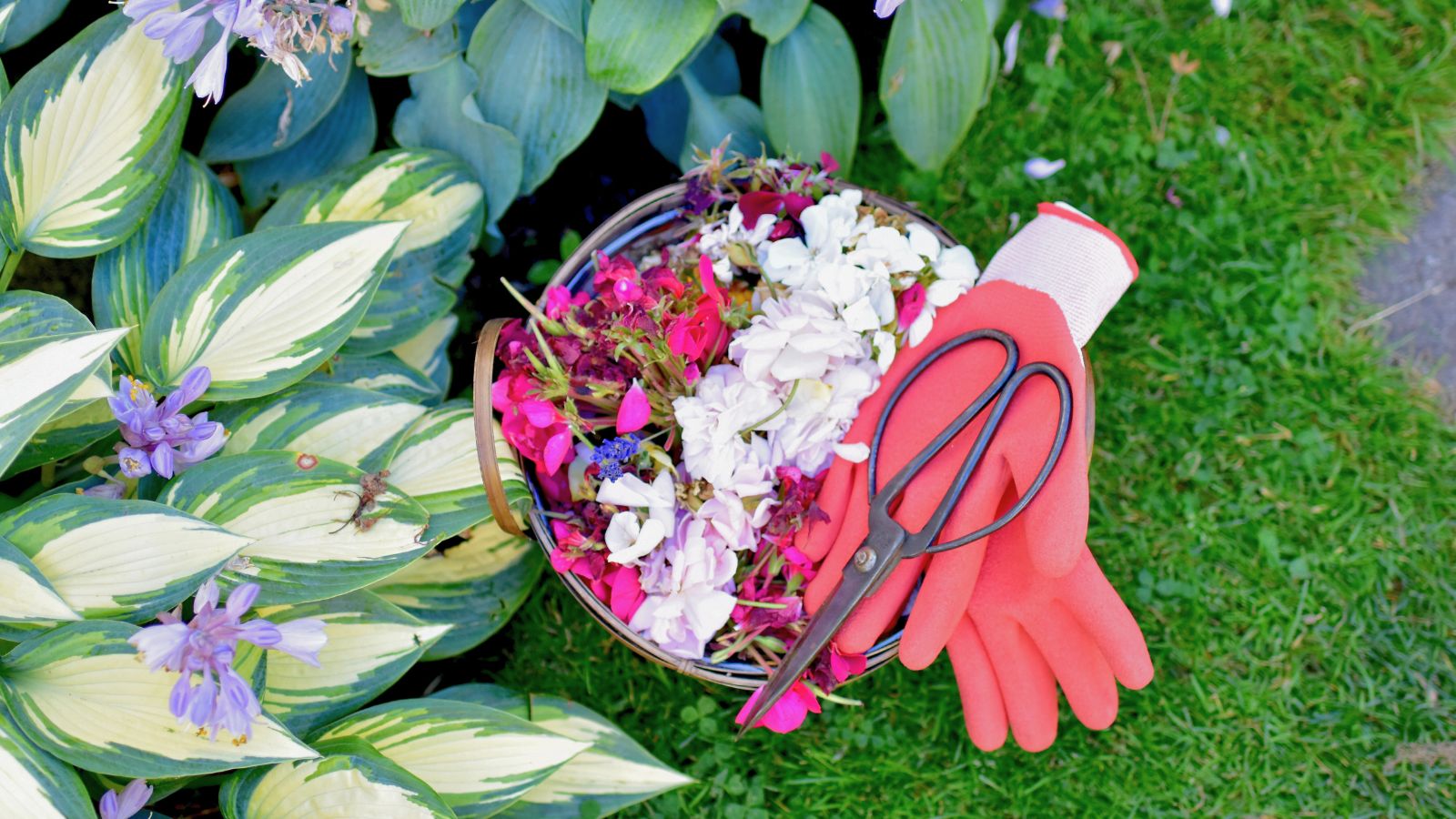



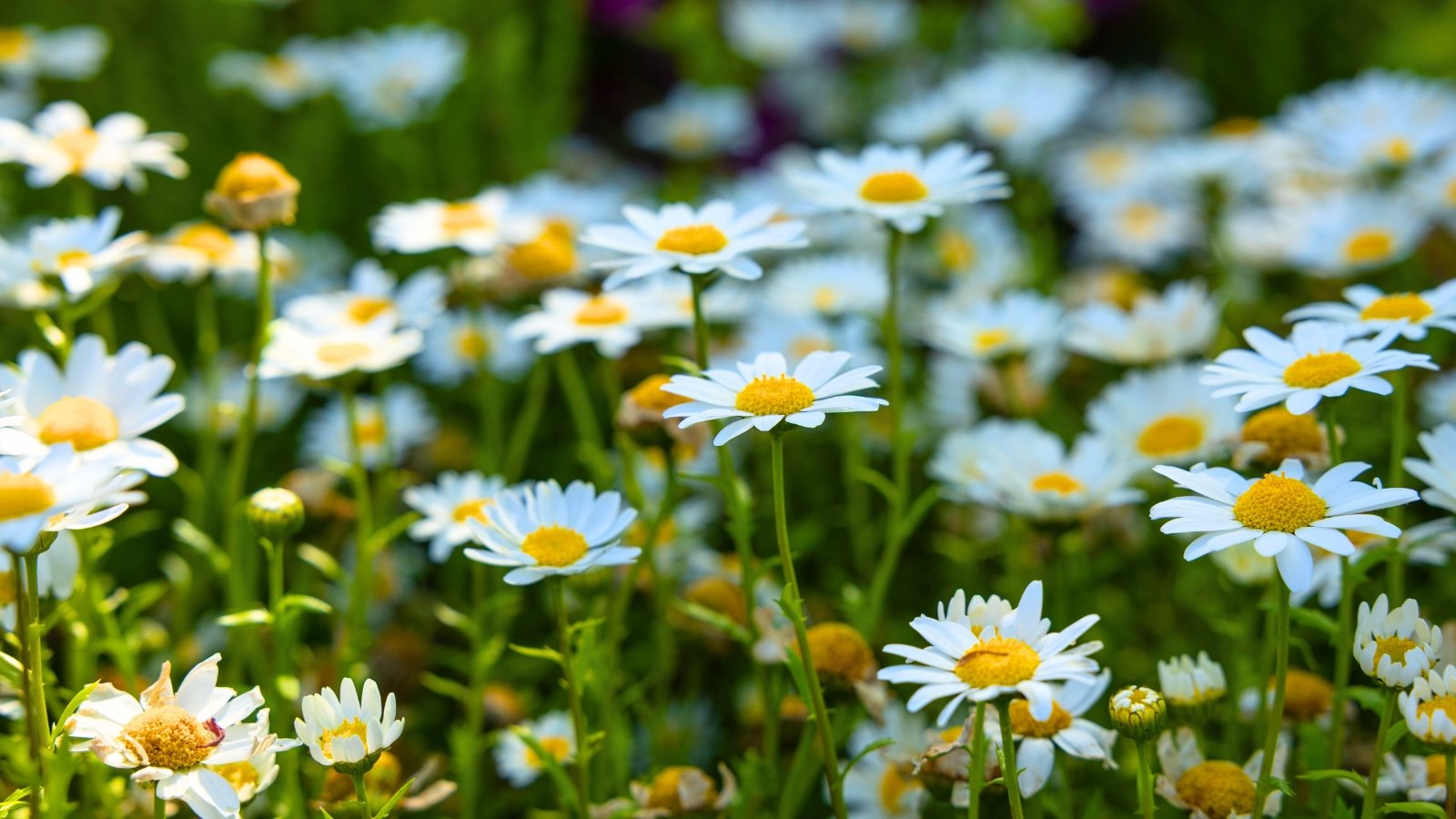















 English (US) ·
English (US) ·  French (CA) ·
French (CA) ·